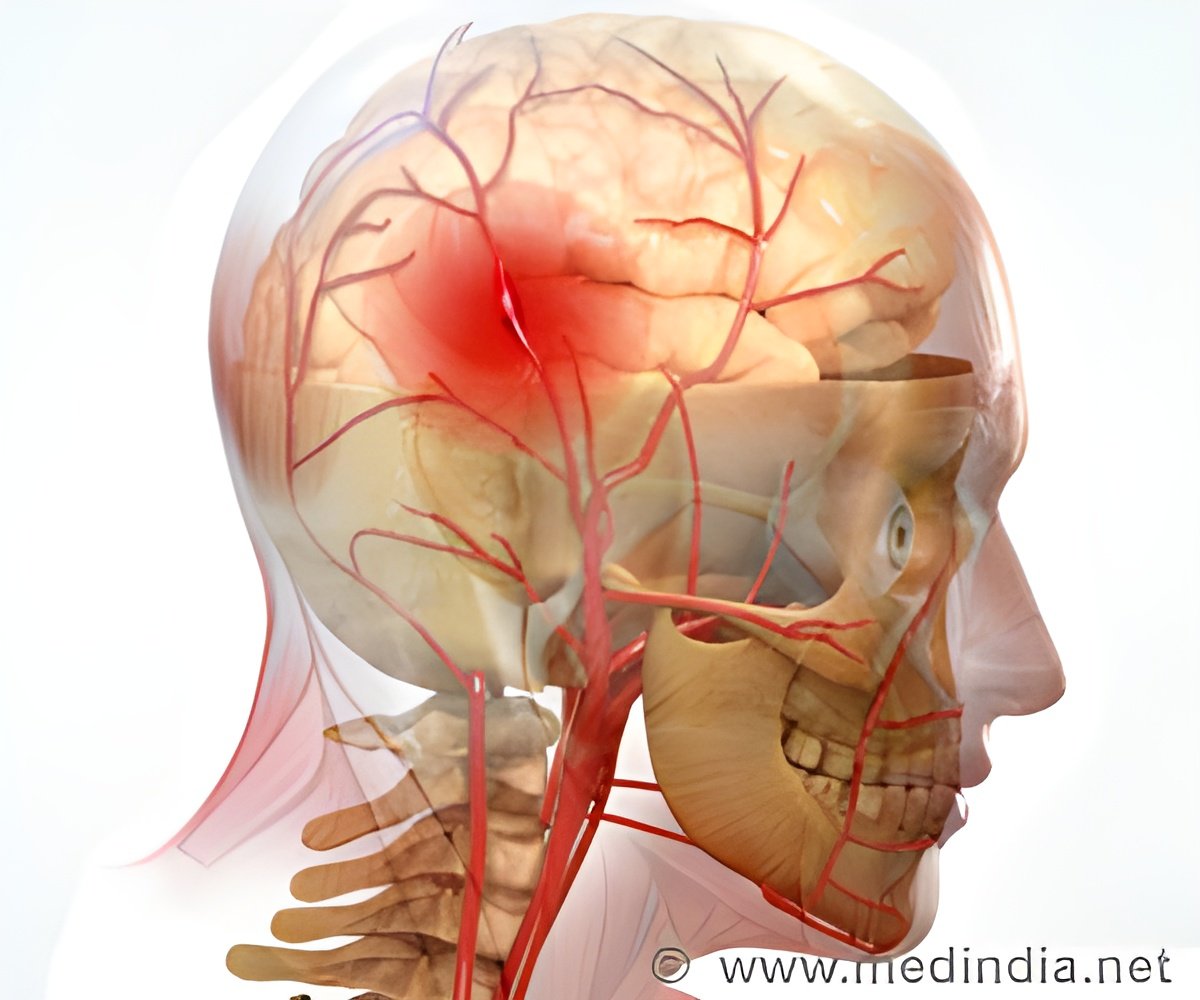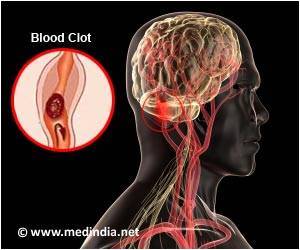
Royal Melbourne Hospital Neurologist and co-principal investigator, Dr Bruce Campbell, said the study showed a dramatic improvement in restoring blood flow back to the brain, which is critical in the recovery of stroke.
Dr Campbell said that in 89 percent of patients, blood flow to the brain was restored when the clot removal therapy was used, compared with 34 percent of patients who had standard clot-dissolving therapy alone. The addition of stent thrombectomy to standard clot-dissolving treatment led to 71 percent of patients returning to independent living, compared with 40 percent in the standard treatment group.
This was an extremely impressive outcome given these patients had the most severe forms of stroke and dramatically reduces the burden of disability, he added.
The most common form of stroke is an ischemic stroke, caused by a clot blocking a blood vessel that supplies the brain. Stroke is the leading cause of disability in adults and the number two cause of death worldwide.
Co-principal investigator, Associate Professor Peter Mitchell, described EXTEND-IA and the MR-CLEAN study as a "game-changer," and said that the new treatment, called stent thrombectomy, was a minimally invasive procedure performed via an angiogram. It involves inserting a small tube into an artery in the groin and feeding it up into the brain to capture the clot and remove it.
Advertisement
Source-ANI














